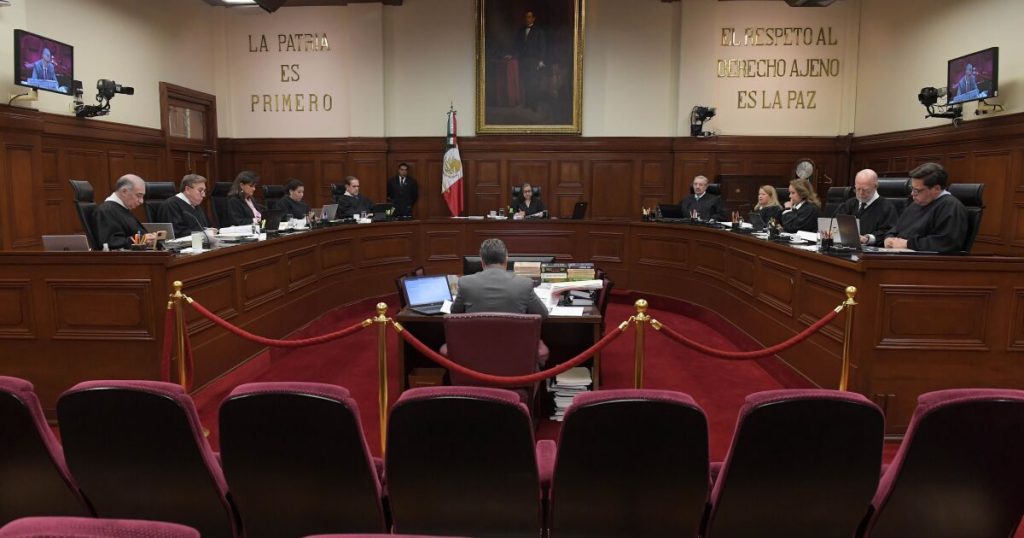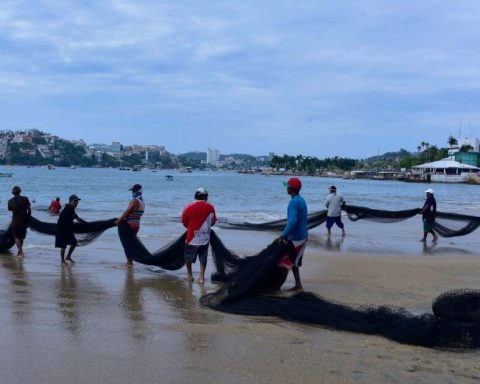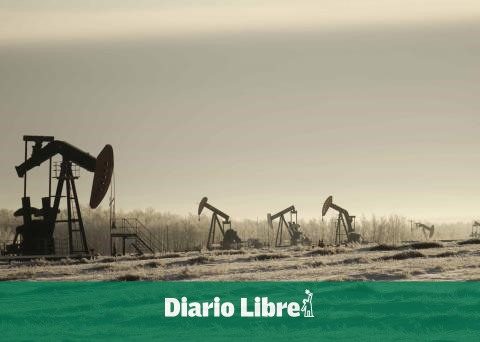October 7, 2024, 4:00 AM
October 7, 2024, 4:00 AM
Since the early hours of Sunday, October 6, the smoke was already beginning to make it difficult visibility on the streets, a situation that was accentuatedor throughout the entire last day.
The report from the Santa Cruz Mayor’s Office reported that air pollution reached PM2.5, which meant very poor quality of the air.
For its part, the global platform IQAir indicated that the air quality in Santa Cruz de la Sierra was around 506, in the dangerous category.
“The concentration of PM2.5 in Santa Cruz de la Sierra is currently 65.6 times higher than the annual quality guide value of the World Health Organization (WHO)”, warned that web portal.
This environmental and public health damage that was not fully understood yesterday, but was revealed by the level of concentration of the smoke, was answered with satellite data. Landsat 9 and Sentinel. In one way or another, the information was later confirmed with the analysis of reports from the Government of Santa Cruz, the Tierra Foundation, the Ministry of Environment and Water (MMAyA) and the Forest and Social Control and Inspection Authority. Tierra (ABT), which with some differences, showed alarming data on the advance of the fire in September.
According to the satellites mentioned, until the end of August the surface burned exceeded 3.6 million hectaresthe majority in forested areas (55%).
However, in the last days of September, monitoring showed damage of almost six million hectares in 22 municipalities, and 91%, more than five million, were concentrated in only six jurisdictions: San Matías, San Ignacio, Concepción, Urubichá, San Rafael and Ascensión de Guarayos.
“It is unfortunate what is happening with the forests of Ascensión and Urubichá, they are forest areas that are very vulnerable to fire, and on top of that it is difficult for the vegetation to recover. They are working to ensure that everything is consumed. All these areas should be prioritized, or the fire will continue to advance to the Benian savannahs, and there will not be much left,” concluded the forestry engineers who did the analysis for EL DEBER.
Likewise, they lamented the “irreversible” loss of fauna and that no one is talking about.”
Confirmation
Given the alert from the team of professionals, EL DEBER analyzed this year’s daily reports since June, when the fires started in the department, and which were carried out, each one on their own, for the ABT and for the Santa Cruz Government.
Until September 12, the Departmental COED report recognized almost 3.5 million hectares burned, while that of the ABT admitted, until August 31, a burned surface of almost 3.9 million hectares, but throughout the country, reporting that in Santa Cruz the affected area was 2.3 million hectares.
Only on September 27, after half-baked data and secrecy at the central level, did the Government of Santa Cruz accepted that there were seven million hectares devastated by the fire, which confirmed the devastation.
“It is the biggest environmental disaster that the department of Santa Cruz has experienced. They continue working, it is hard, tireless work. Unfortunately, these arson fires persist,” Jhonny Rojas, COED coordinator, said on that date.
Until the end of September, 26 communities suffered direct damage, 21 homes were destroyed and more than 4,100 families They were affected.
For its part, in the first week of October, the ABT report skyrocketed from those almost 3.9 million hectares burned in the countryto almost seven throughout the national territory, 5.2 million in Santa Cruz, and 1.6 million hectares in Beni, confirming that the numbers have skyrocketed.
national disaster
Last week, an investigation by Fundación Tierra reported that as of September 30, the burned area in Bolivia reached 10 million hectares, well above the 5.3 million hectares in 2019. when it was believed that the maximum peak was reached of environmental damage.
According to Gonzalo Colque, researcher at the Tierra Foundation, Santa Cruz accounted for 70% of the disaster, with seven million hectares affected.
This Monday, at 10:00 a.m., this same non-governmental organization will give a virtual press conference to provide more details about the fire problem.
For its part, also last week, the Government central recorded 6.9 million hectares affected by forest fires.
The Minister of Environment and Water, Alan Lisperguer, indicated that the damage caused by the forest fires recorded 4.6 million hectares in forested areas and 2.3 million would correspond to grasslands, leaving a total of 6.9 million hectares.
He admitted that, according to some experts, to recover the land damaged by the fires requires at least 10 years, and he stressed that the chaqueos were suspended, even though this is not being fulfilled.
air operations
Yesterday, flights at Viru Viru airport were suspended at 09:37 in the morning, when security conditions for operations aerials were not met, given that visibility It was less than the 1,600 meters required by current regulations.
The measure was taken to guarantee the safety of passengers and the integrity of the aircraft, but at 11:24, from Air Navigation and Bolivian Airports (Naabol) were reported that weather conditions had improved enough to resume operations starting at 3:24 p.m.
Health hazard
According to the IQAir platform, yesterday the air quality in the capital of Santa Cruz was 506 in PM2.5, warning about a level of danger for public health.
Scientific evidence indicates that these PM2.5 particles have more severe effects on health than the largest ones, PM10.
Various publications explain that their size makes them lighter and that is why they remain in the air for longer, not only prolonging its effects, but also facilitating its transport by the wind over long distances, and accumulating in the respiratory system of people.
The World Health Organization (WHO) has recognized that air pollution is one of the main environmental risks to health in America, and estimated that in 2019 around 6.7 million premature deaths were attributed annually to the effects of ambient and domestic air pollution, and that nearly 99% of the world’s population lived in places where air quality was not met.
According to the statements of the Minister of Environment and Water, of the almost seven million hectares affected in the country, 4.6 million would correspond to coverage forested area, which further aggravates the situation due to damage to biodiversity.
On September 16, when the figures were far from current data, the biologist Vincent Vos, researcher at the University of Beni, already estimated damage of at least 10 million injured or dead animals, in Chiquitania alone.
Likewise, he said that almost half a million trees were burned.
In September, representative María René Álvarez held a forum for land security, in which the director of INRA participatedEulogio Núñez.
On that occasion, Núñez reported that of the total cleared area in Santa Cruz, 49% corresponds to unavailable fiscal land, that is, not suitable for provision, the highest number in the country in this category. He also admitted that of the unrepaired total, 64% corresponds to medium and business property.
Until September 2, when the ABT cut its daily report, that report reflected that Most of the fires occurred in areas protected areas, indigenous territories, forest reserves and public lands, evidencing pressure for land.


















